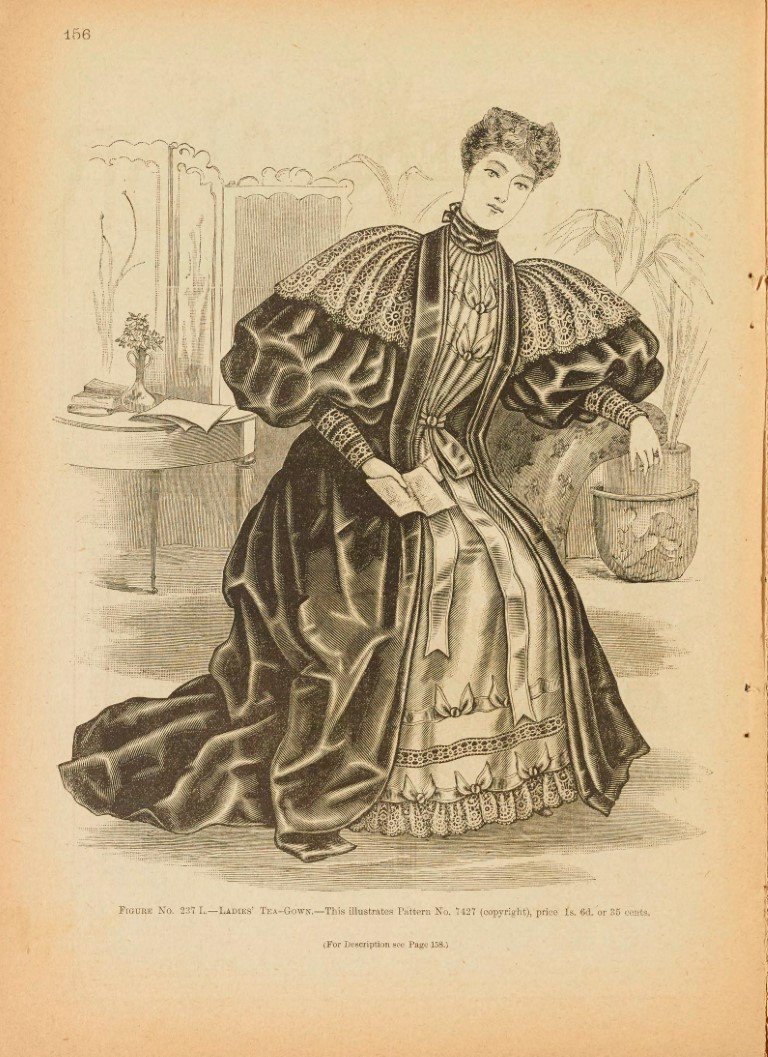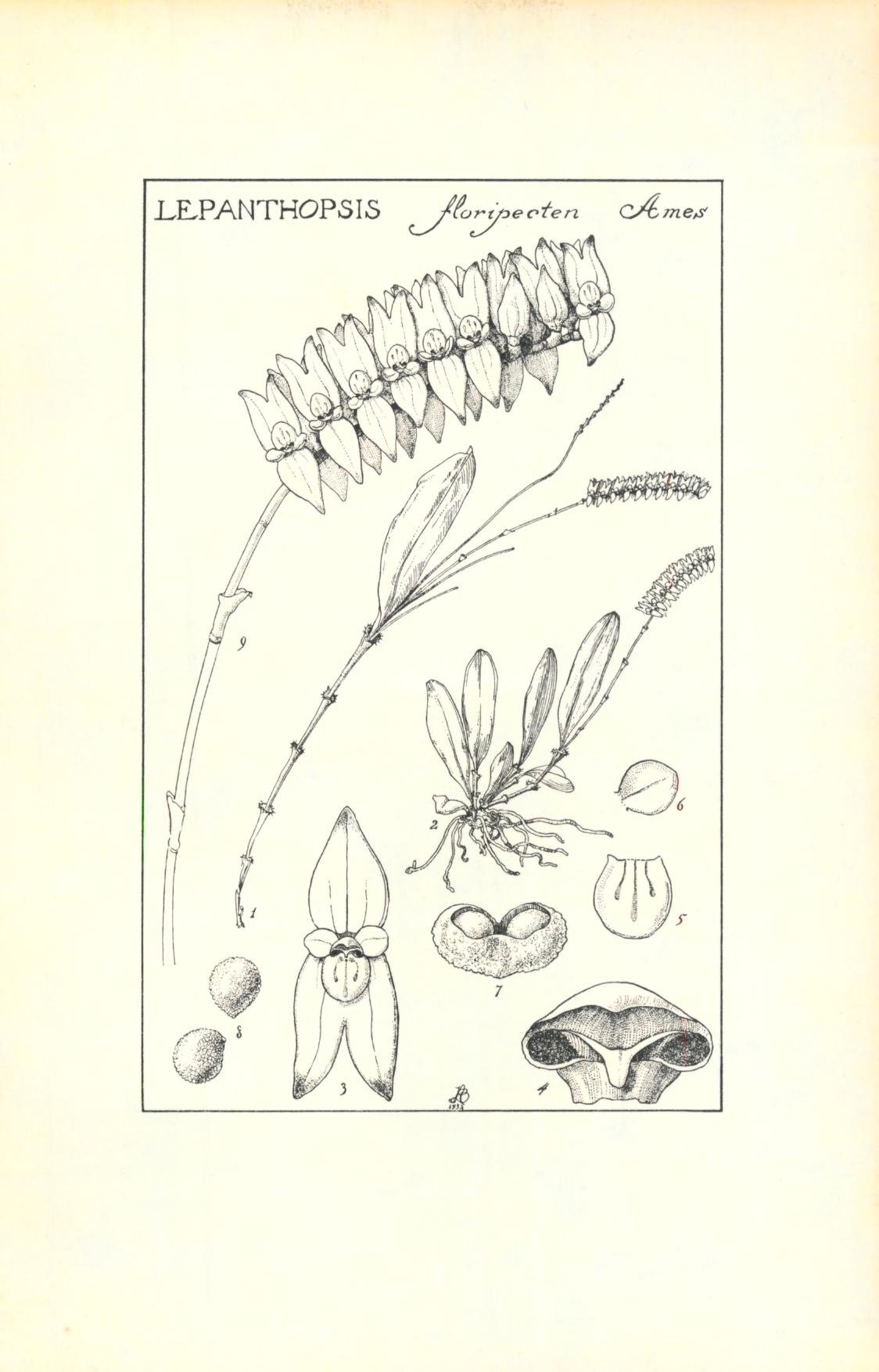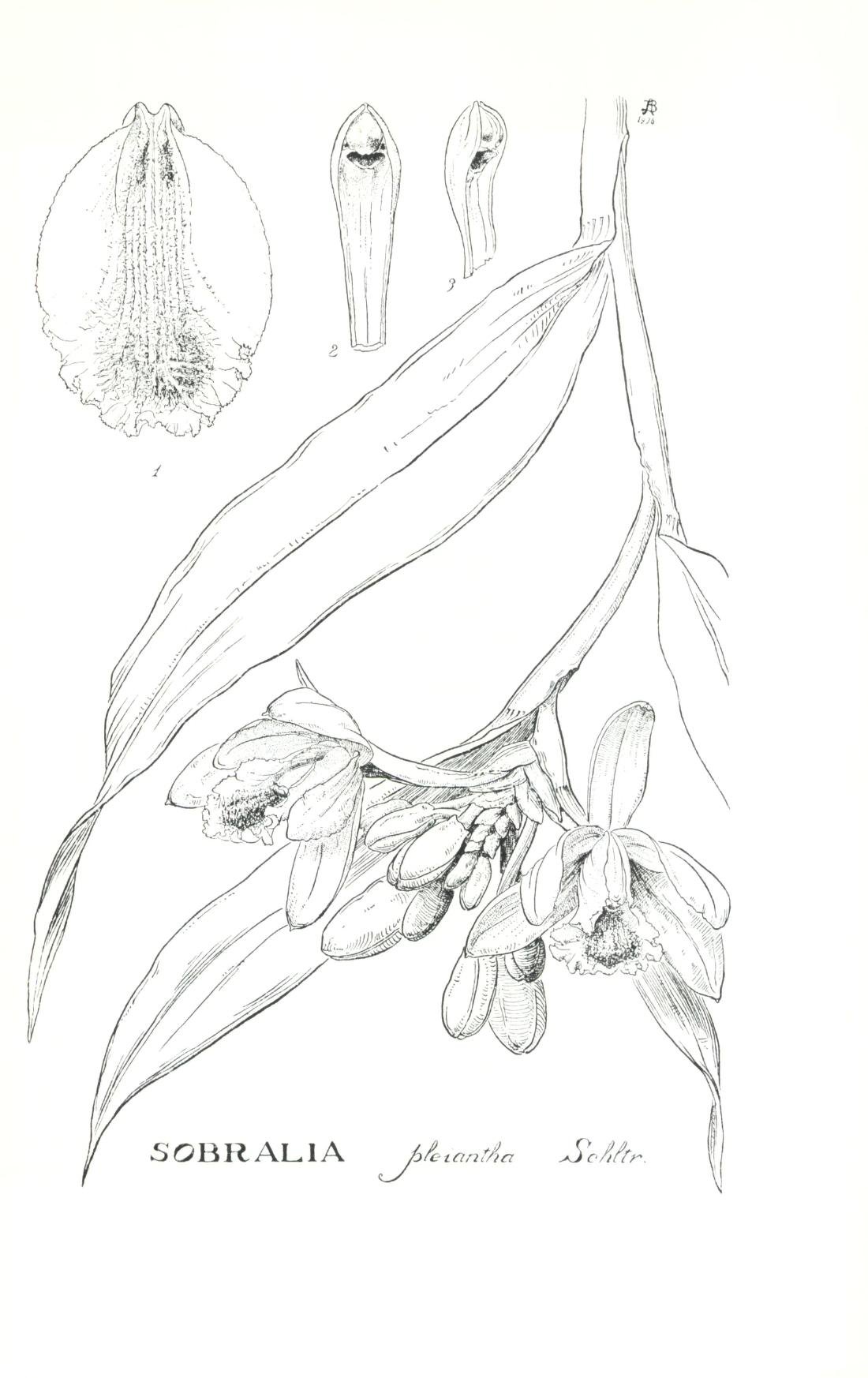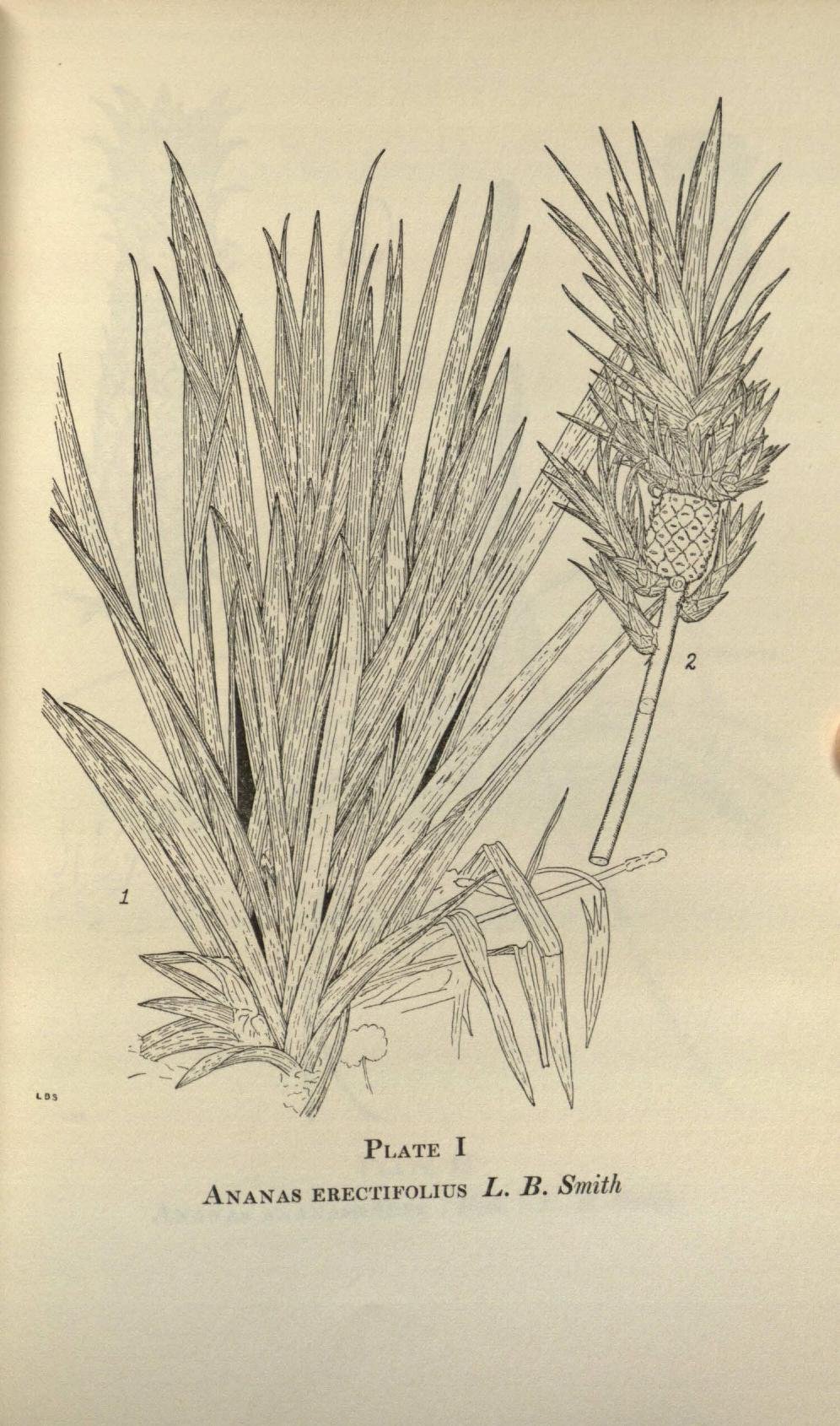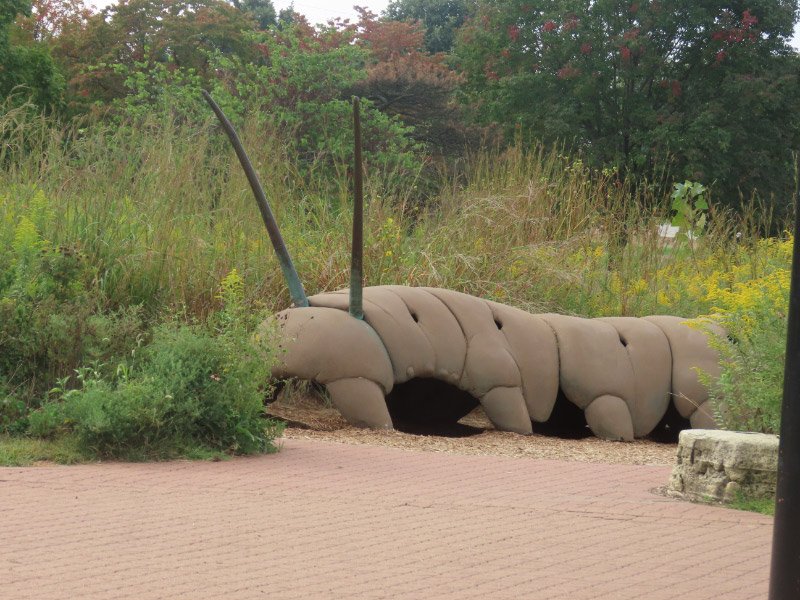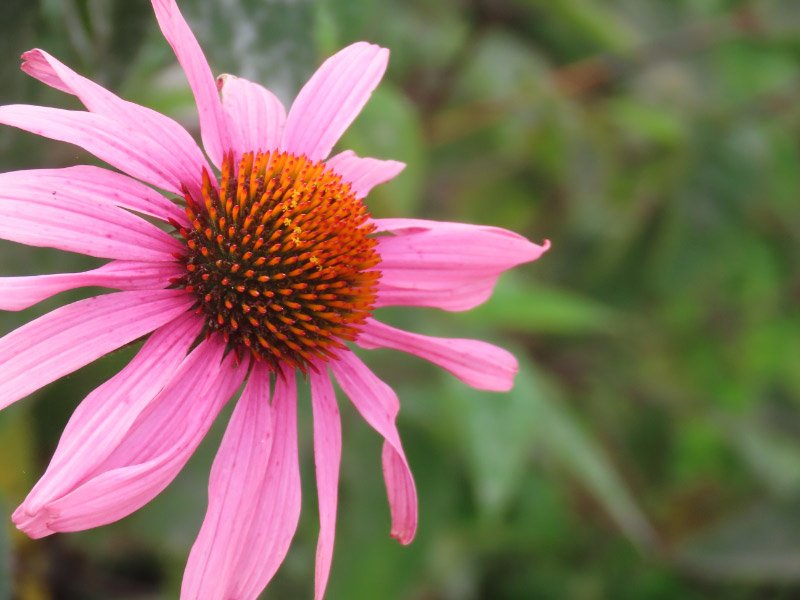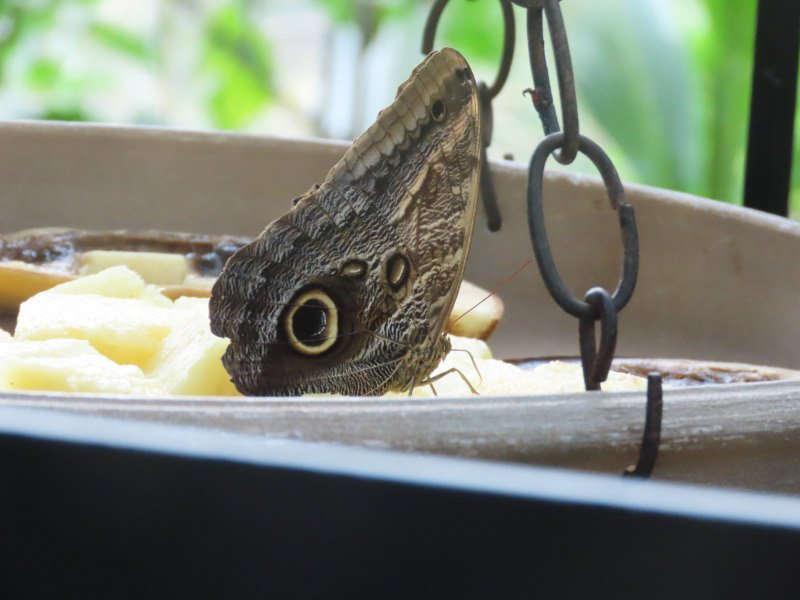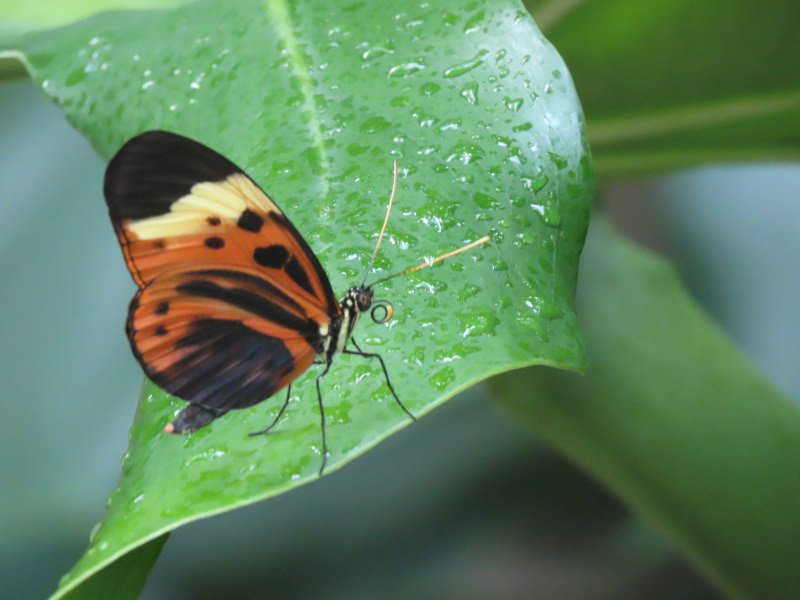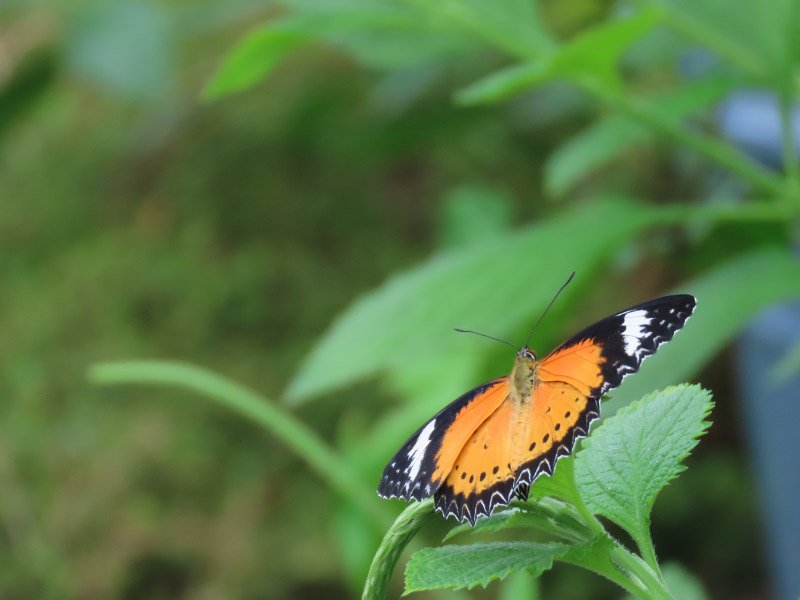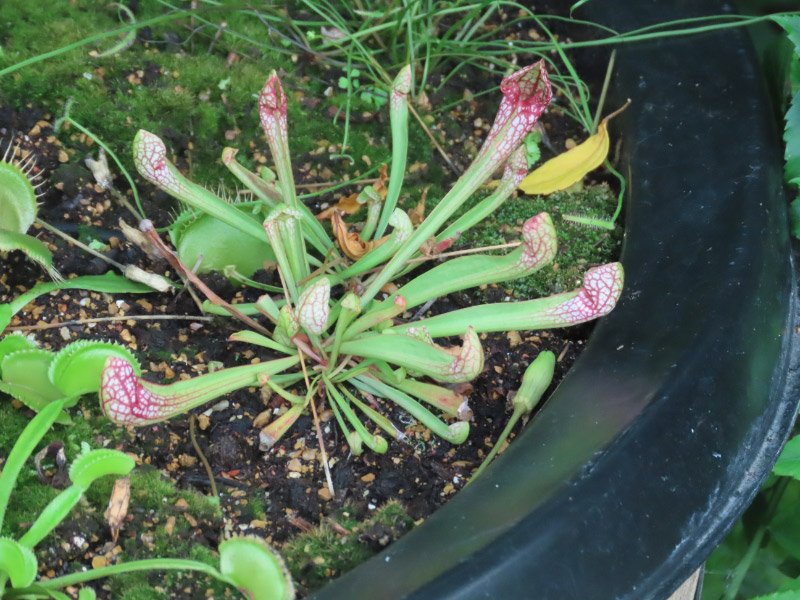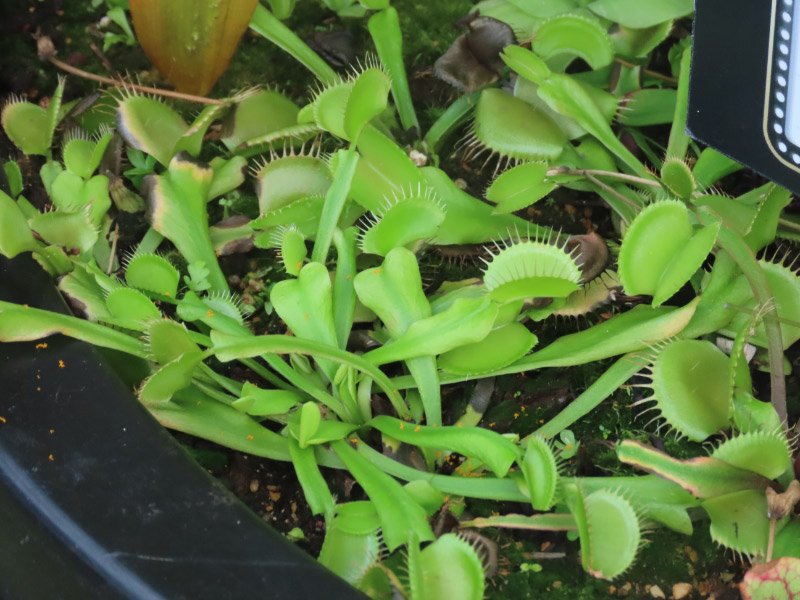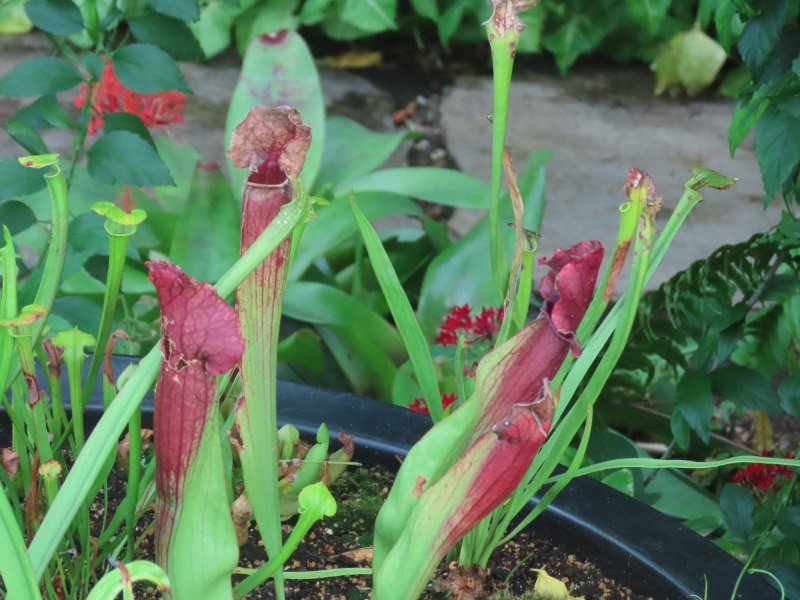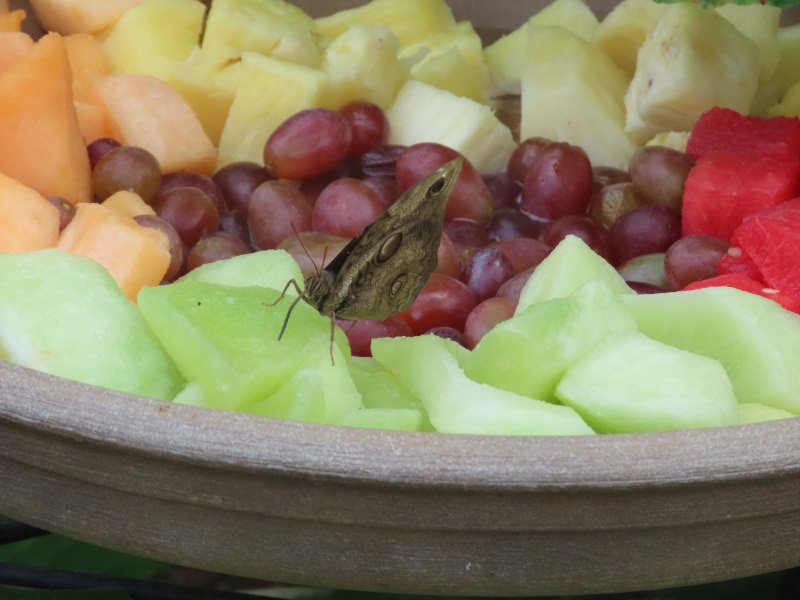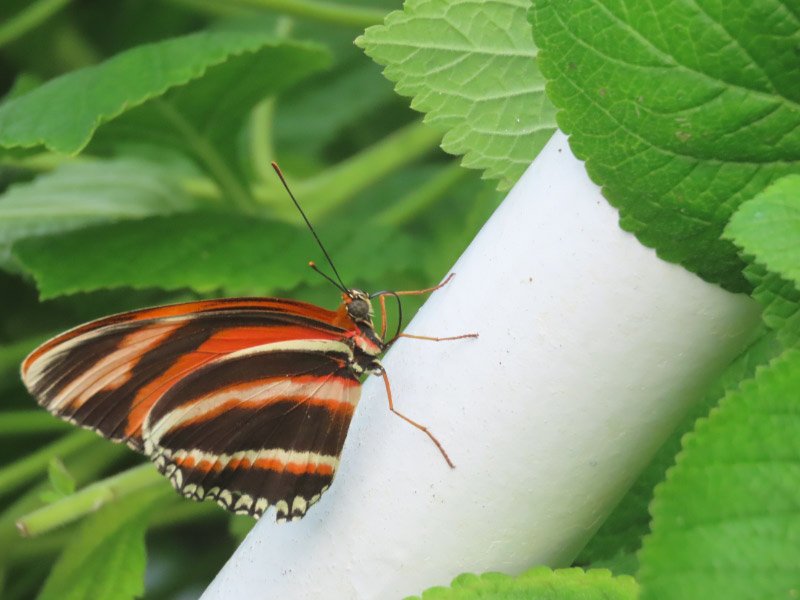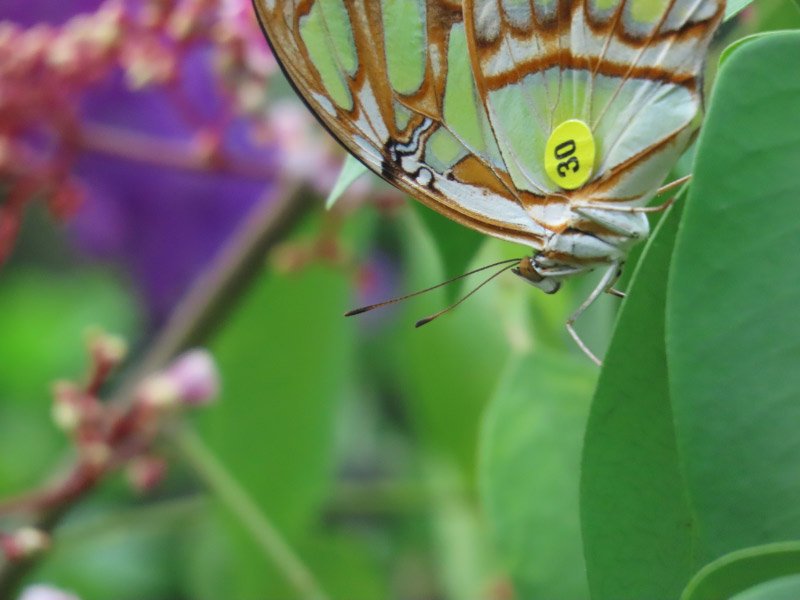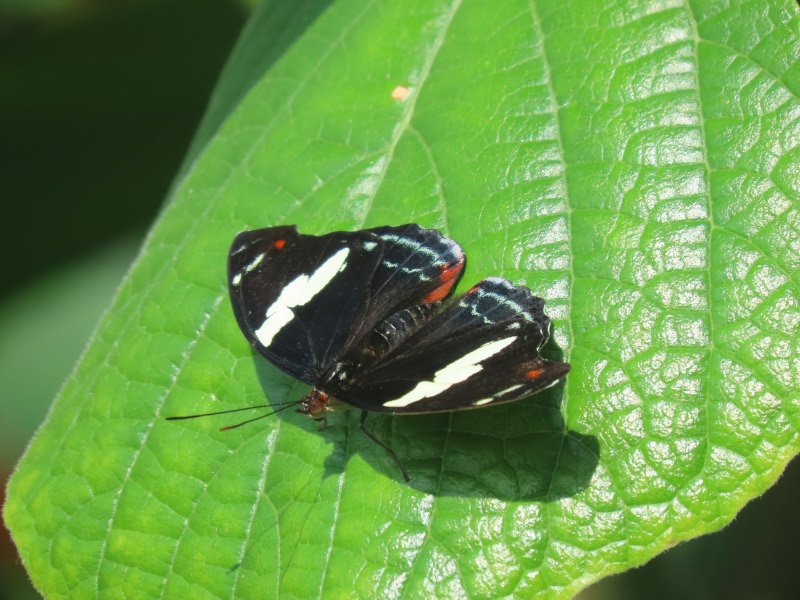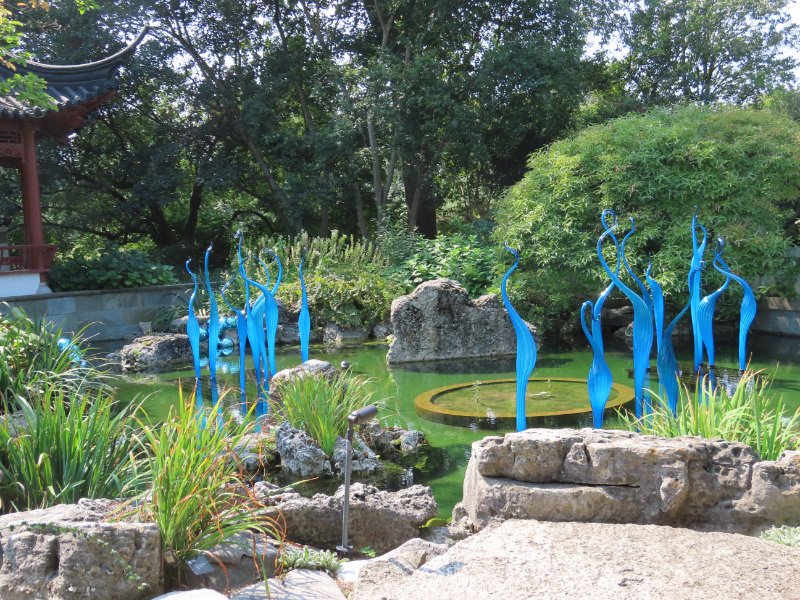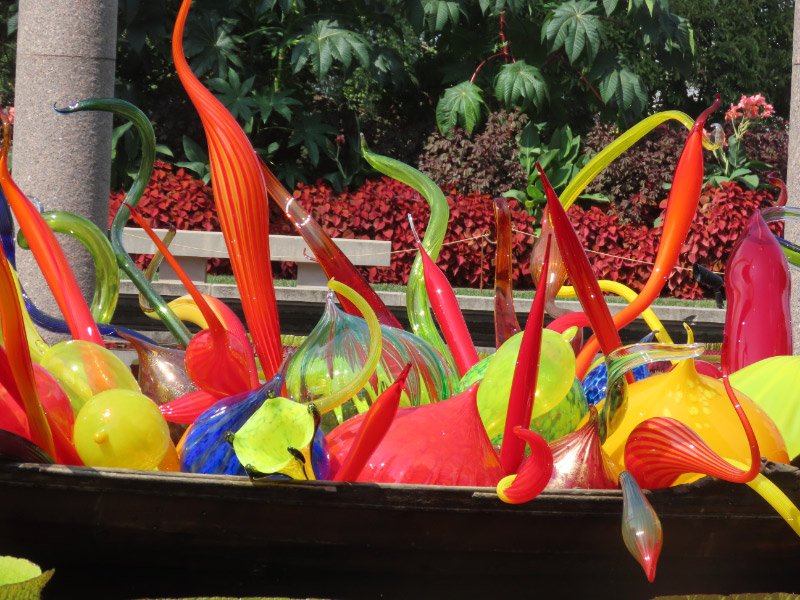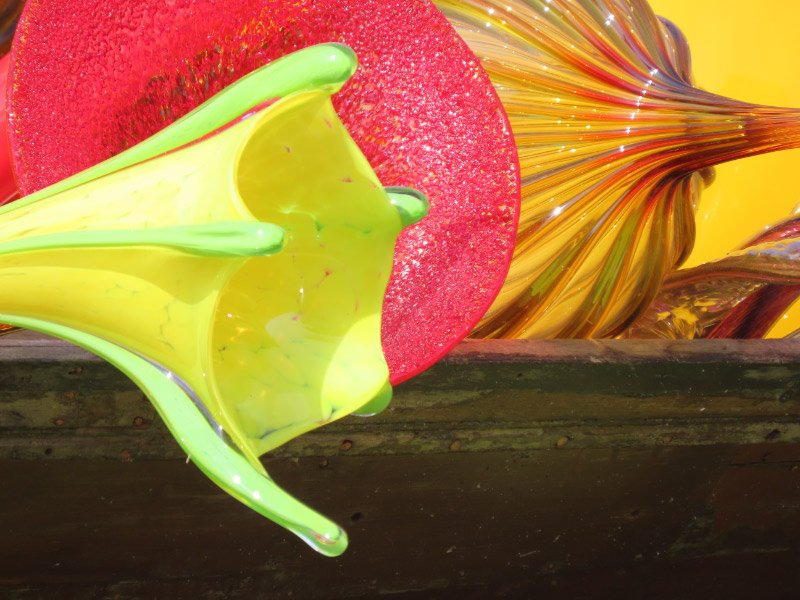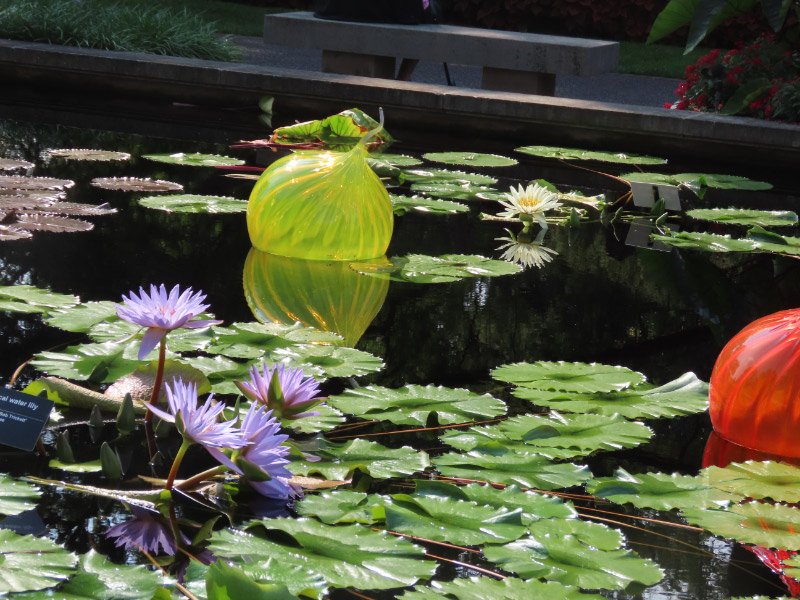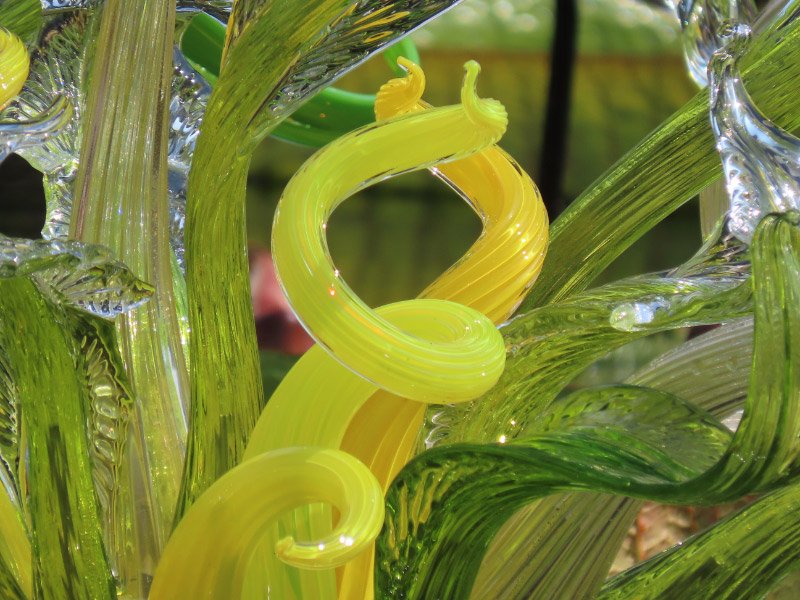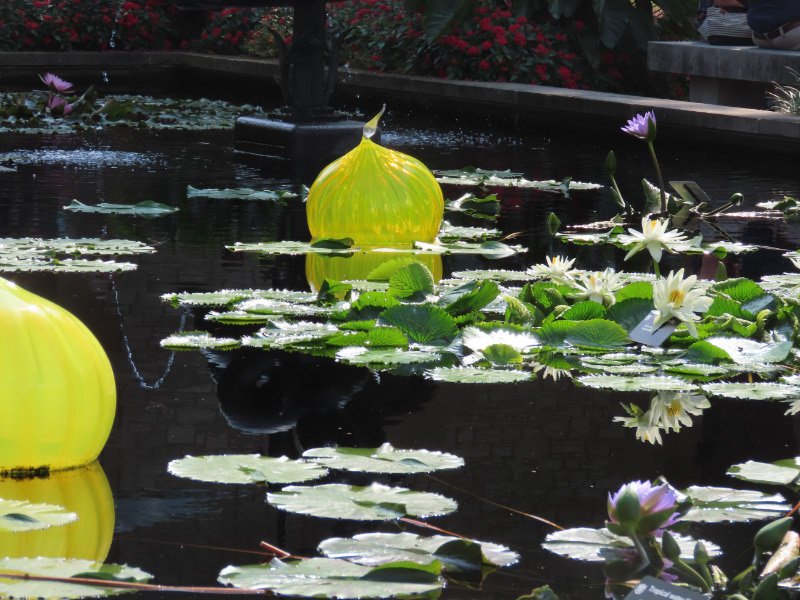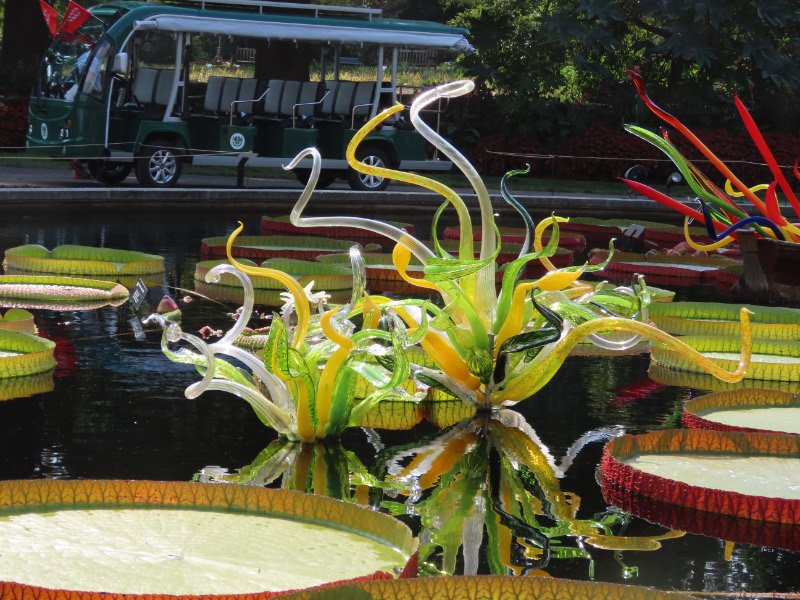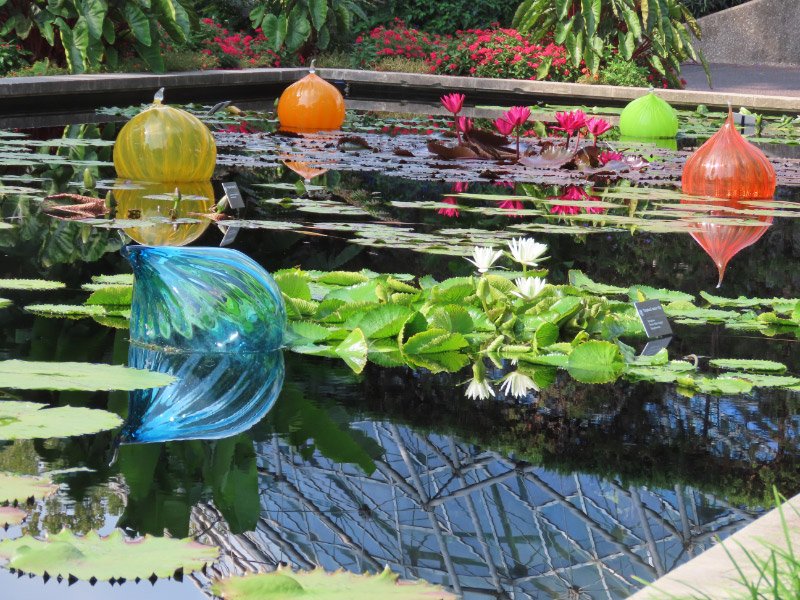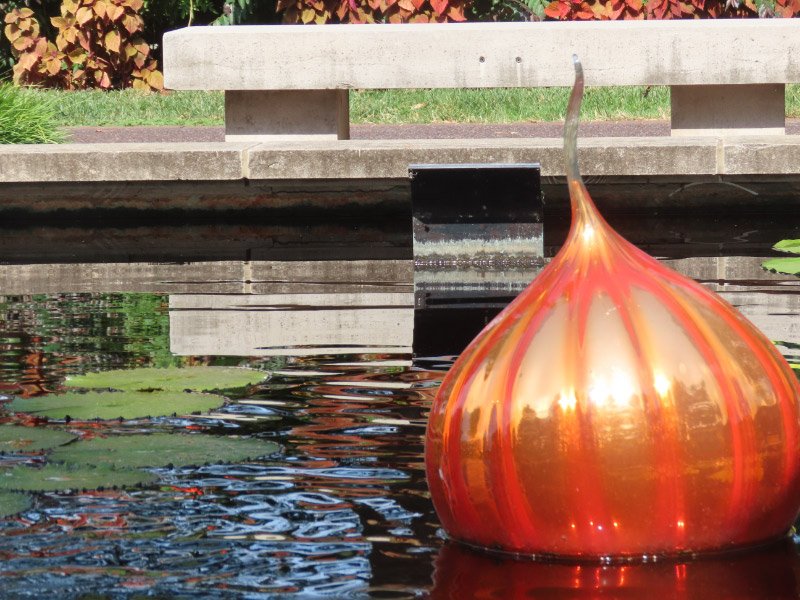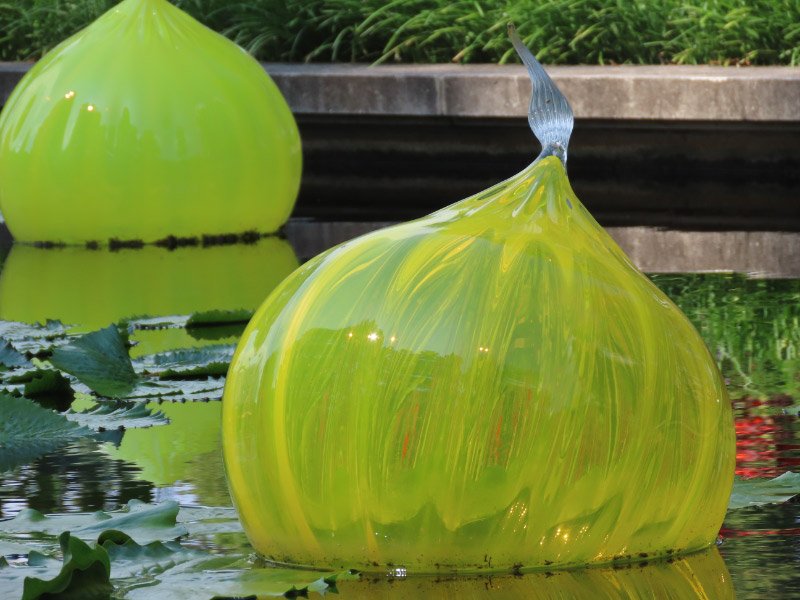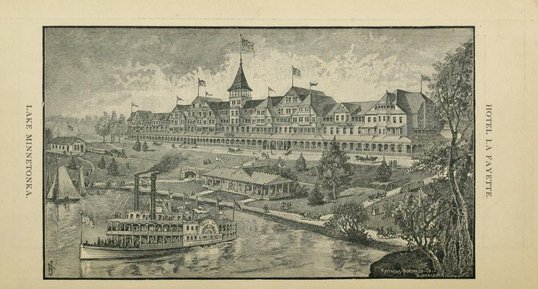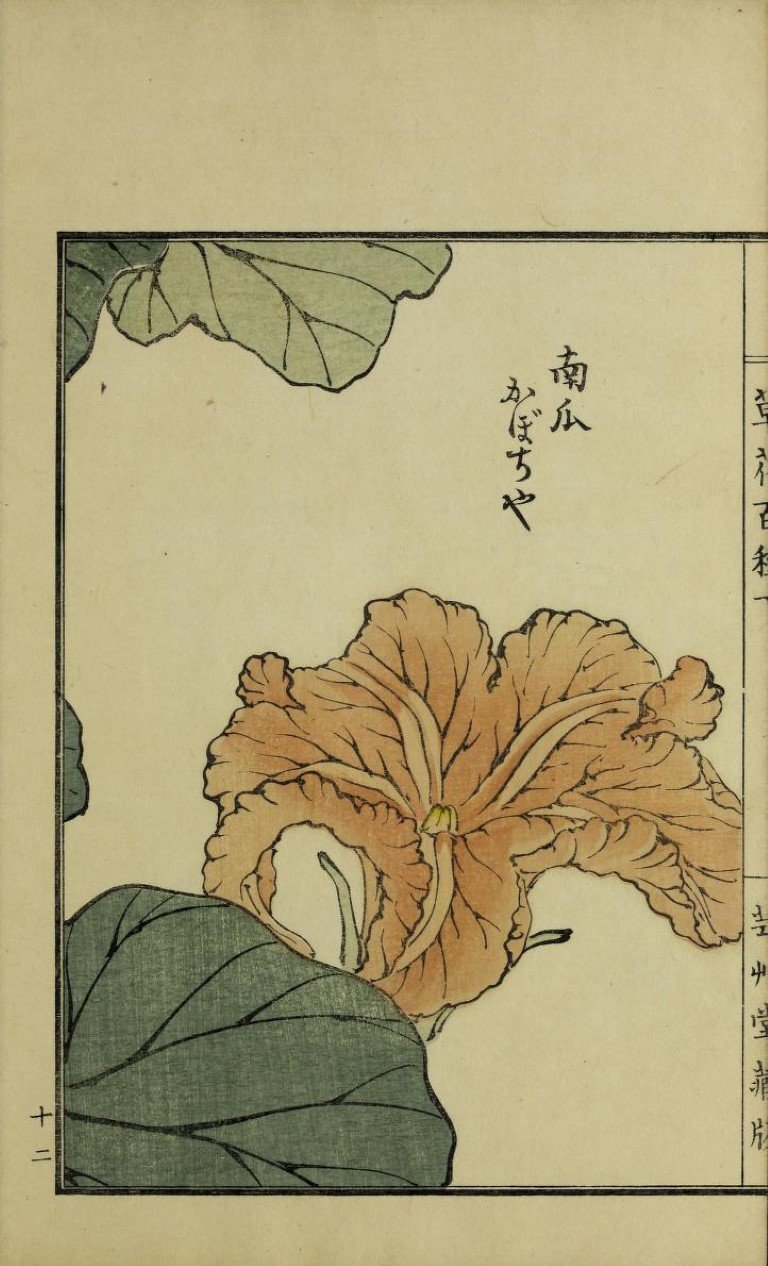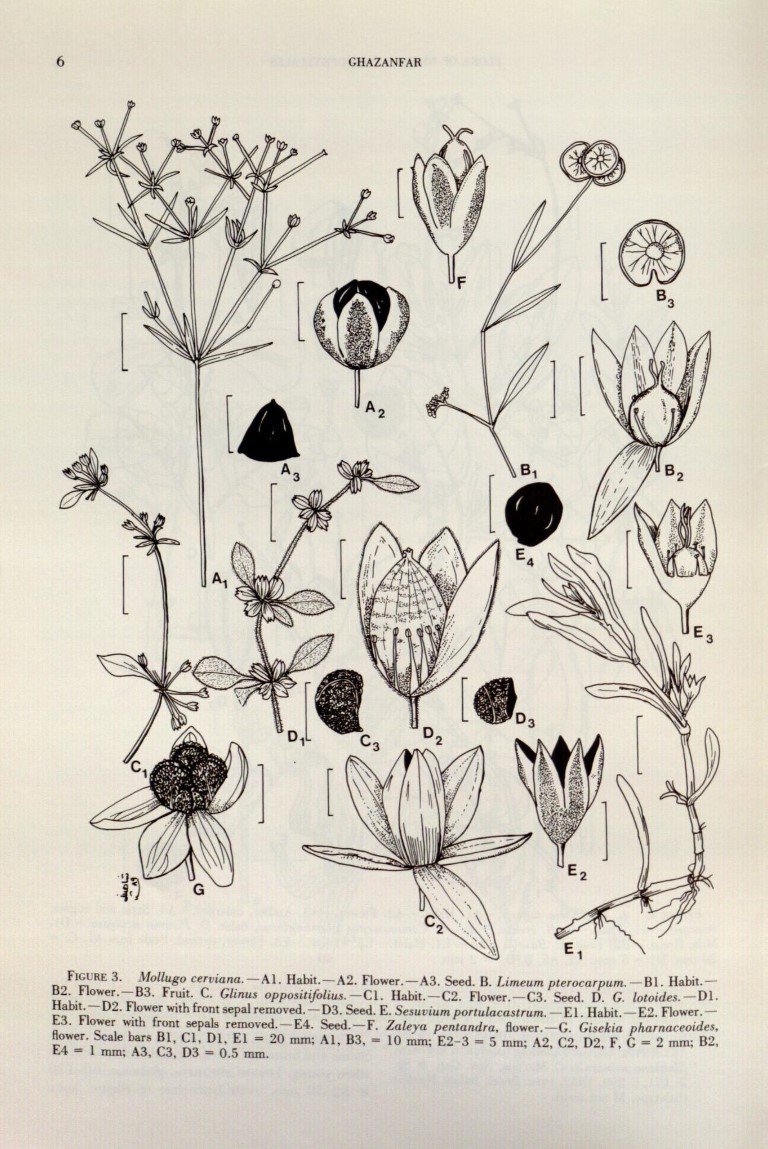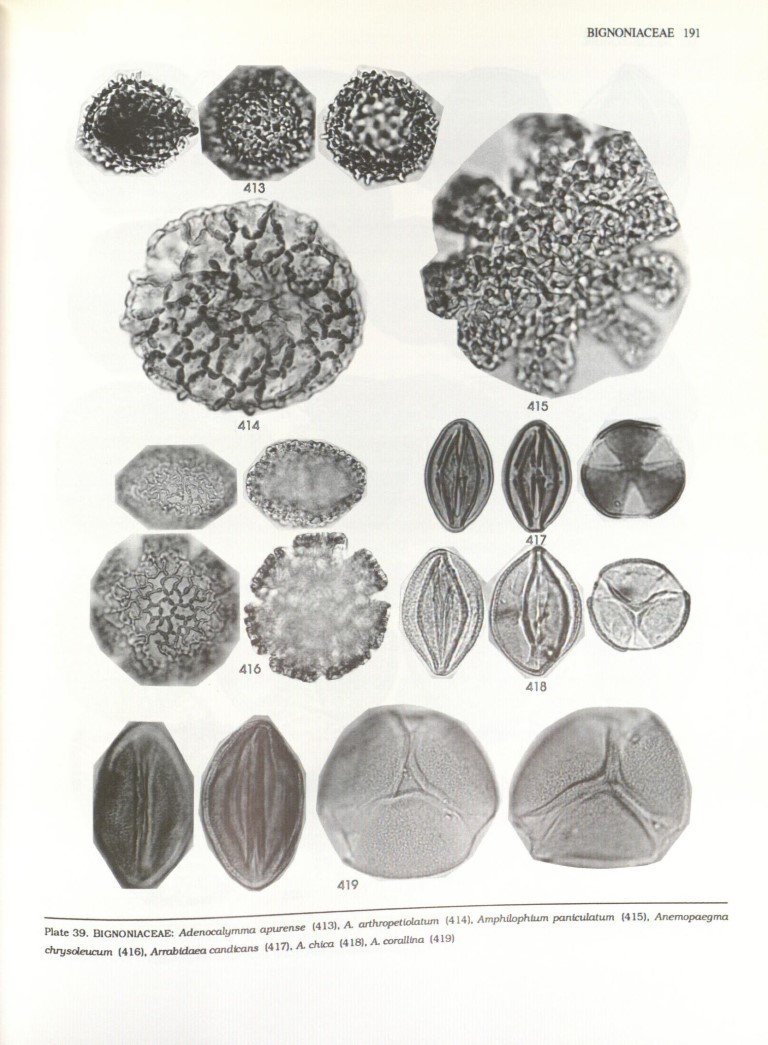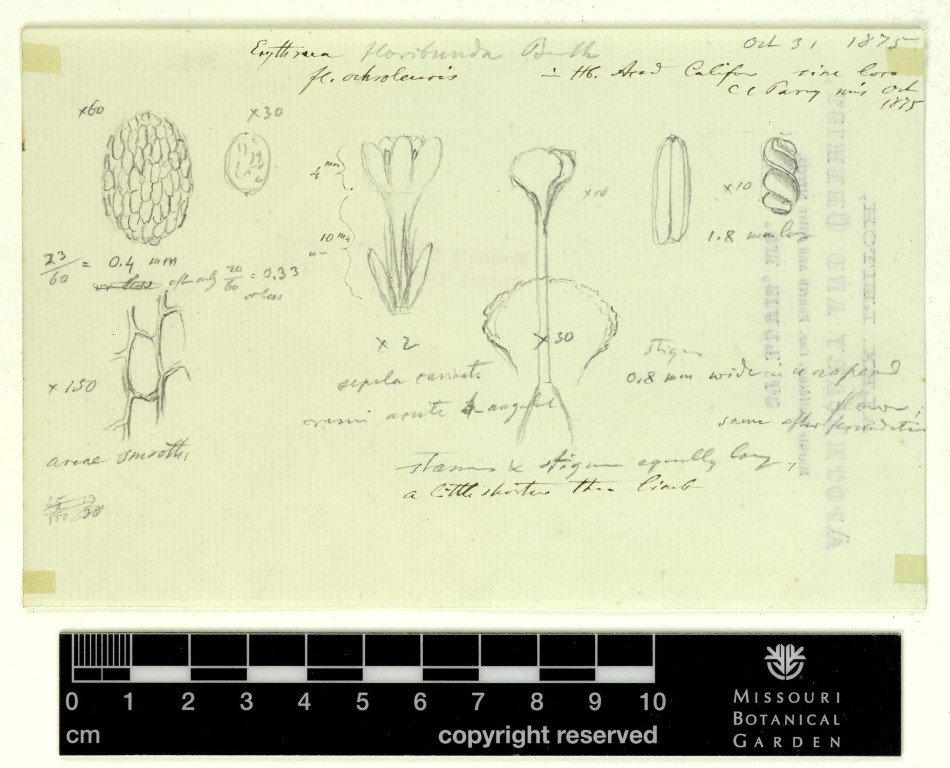The Delineator from 1890 – 1932
/Internet Archive has 39 volumes of The Delineator magazine from 1890 to 1932. It was published by Butterick Publishing Company – the same company that I remember from the 1960s and 1970s for patterns; I was making most of my own clothes at that time. The magazine always included patterns for clothes but as I gleaned images for this post – I also included advertisements, covers, educational displays. Click on any part of the mosaics below to see a larger version. Links to each volume are included…the historical perspective from browsing these volumes is worth it!
The first mosaic contains images from the magazines published in the 1900s. Some of my favorites are the ad for FAB flakes (Babes in the wools), the October 1922 cover full of fall foliage, covers showing active women (golfing and skiing), aquarium fish and Christmas trees. The most thought provoking was the one with a woman and, presumably, her two sons in miliary uniforms from the January 1919 issue; I wondered if the one on the left looking less serious was the younger brother. A peace conference was being held in Paris that month…but waves of the 1918 flu were happening around the world…and the US.
The second mosaic contains images from the 1800s. The last color images were in 1897. The magazine was also more skewed to fashion/patterns than in the 1900s. Huge sleeves, corsets, and elaborate hats were in vogue (note that this was also the time when some birds were almost wiped out to get feathers for hats!). How did anyone really swim in those bathing costumes from 1894?
The Delineator. January - May 1897
The Delineator. July - December 1896
The Delineator. January - June 1895
The Delineator. August - December 1895
The Delineator. March - June 1894
The Delineator. July - December 1894
The Delineator. March - June 1894
The Delineator. July - December 1893
The Delineator. January - June 1893
The Delineator. July - December 1892
The Delineator. January - June 1892
The Delineator. September 1891





























